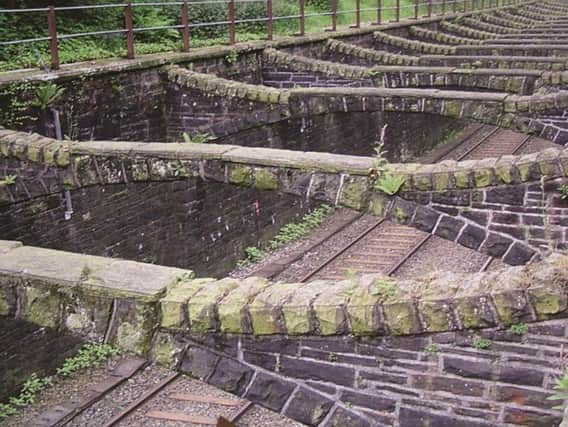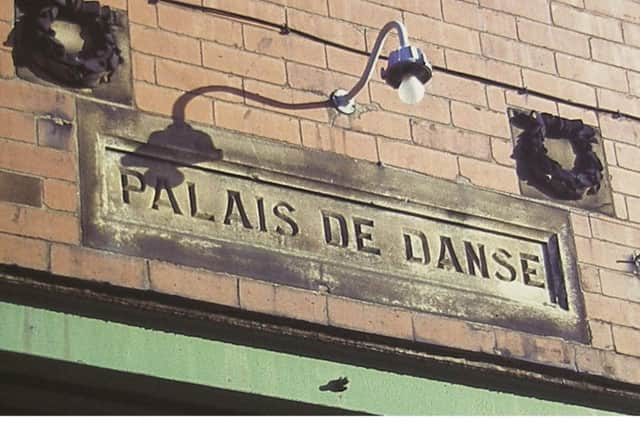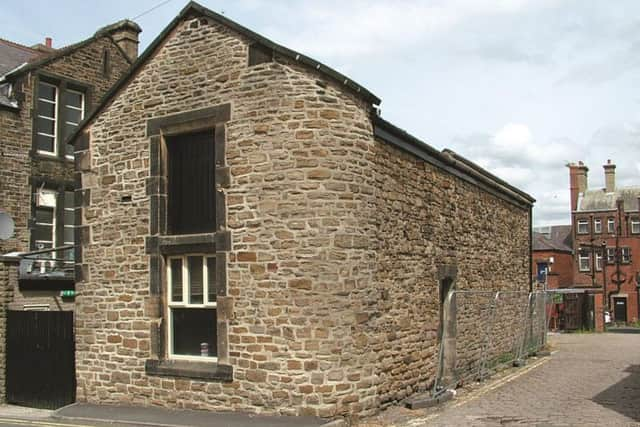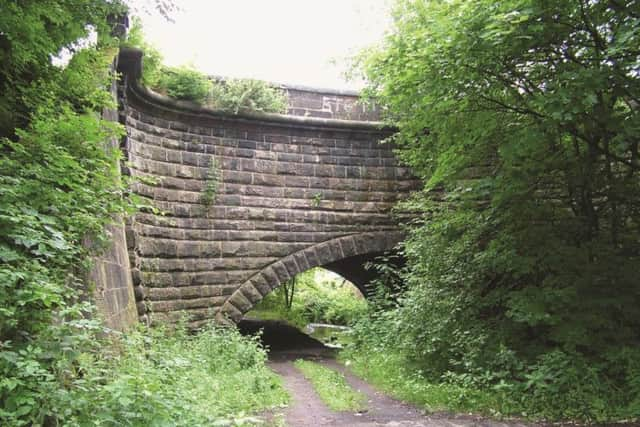Chorley's hidden secrets


History is all around us in one form or another, be it physical, the written word, verbal information, even graffiti.
I have been involved with historical and archaeological matters local and county-wide from the 1950s, as I still am. I have done much research into the history of Chorley and its borough, publishing books relating to ‘Then and Now’ or ‘Through Time’, as well as a trio of books on the 50s, 60s and 70s. All of which have an element of nostalgia. Including lesser know facts I have discovered throughout my research.
Advertisement
Hide AdAdvertisement
Hide AdSome years ago, demolition work made me realise there are so many ordinary features we pass daily which we take for granted and ignore. Following that demolition work (alongside contractors demolishing Talbot Mill). I adopted the saying ‘Things we pass, but never see.’ Ordinary things can be extraordinary, such as road surfaces, roof slate work, chimney pot types, (a vanishing breed). Roof guttering, headboxes, downspouts, many have dates or makers initials. Features on buildings such as datestones, street names old family names on shops. Old railings and cast iron street furniture and footpath covers and lids are part of a town’s heritage.


But I was minded of my saying of ‘history is all around us’ to find those things we ‘pass but never see’, photograph them for records, then share them in print so we can learn of our minutiae heritage.
I began by looking into what was generally known about our local prehistory, asking myself how many people in Chorley were aware that we had a Bronze Age burial site in Astley Village, then discussing the burial sites and finds of flint tools on our local moors.
Then to the Roman period when roads were built each side of Chorley and a silver chain was found from the period, now in the British Museum, London. Then we have local place names with Scandinavian associations, then into the 11th century and 1066 and all that… when Chorley (Cherlegh) was in Lailand Hundred.
Advertisement
Hide AdAdvertisement
Hide AdMoving into the industrial period with the coming of Lancaster Canal in the 1790s and an aqueduct built by John Rennie. The first railway in the 1840s with engineer Alexander Adie’s unique ‘Flying Arches’ at Hartwood. The first local water-powered cotton mill of Richard Arkwright at Birk-acre. Followed by Chorley’s first steam powered mills in the late 1790s. Along with associated works such as bleachworks, brickworks and foundries.


Some of which cast items for local use, such as lamp posts, bollards, gates, railings and grids, examples of these can still be found, their history ignored and untold. When searching for old railings and other ironwork I found a pillar box of Edward, and many ‘iron dragons’. Underfoot in the streets I looked for old grid names and found the local maker of Heald’s Steeley Lane foundry. I considered Chorley’s water supply from its
origin in Dole Lane then Healey Nab Works then found footpath valve covers relating to Liverpool, Manchester and North West Water suppliers to Chorley.
All making me realise there is more to research on this subject alone. The roads of the town were once all covered with stone sets, now visible in the Tarmac potholes.
Advertisement
Hide AdAdvertisement
Hide AdThese sets could be a better way of slowing vehicles than speed bumps in some areas, to bring back the character of a street. Similarly the smaller decorative patterned cobbles are often disturbed but never restored, just


buried under asphalt.
Yet the sets, cobbles are part of our town character and heritage. In Chorley we have buildings dating from the 15th century or even earlier. The townscape and buildings continue to change, and sadly we are losing many ‘secrets’.
Chorley has been known as a market town for centuries along with the character it has. But that, and our heritage, is being nibbled away. Places such as the former Plaza Cinema, our best example of art deco building, which was demolished. With another former cinema building retaining those art deco features to follow. Yet two buildings in the main street still have traces of that art deco to find and to ‘see’. There are many more similar items to discover than what I refer to above. Go find your own secret locally, it could be on your street.
* Secret Chorley, by Jack Smith, is published by Amberley Publishing and is available from good bookshops priced £14.99.